Positioning tourism brands with cultural identity
At the workshop, Deputy Minister of Culture, Sports and Tourism Phan Tam stated: We need to see culture as a special resource that can be regenerated, generates long-term profits, has economic and spiritual value, and creates unique value for tourism products.
In order for the cultural industry to become a lever for tourism to take off, localities need to create favorable policies to attract the private economy, while focusing on digital transformation, digitizing heritage, and virtual museums. In addition, digital transformation in culture is inevitable, so that the value of heritage goes beyond the local scope... The story of Ninh Binh is not about what the locality has, but how to make the tourism brand competitive, widespread, and reach international level.
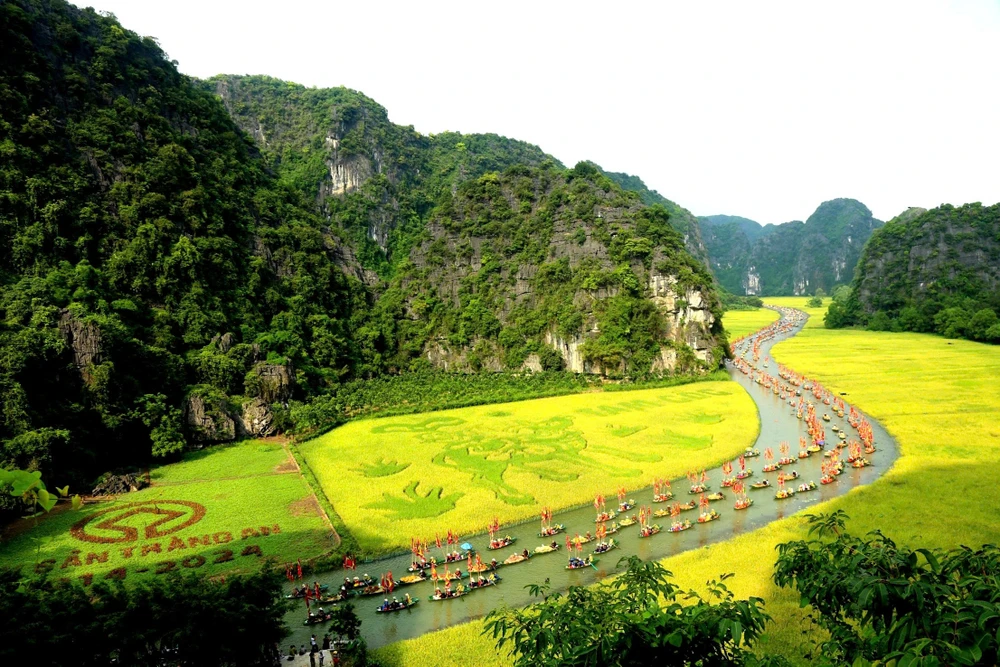
Vice Chairman of Ninh Binh Provincial People's Committee Nguyen Cao Son affirmed that developing cultural industry is one of the sustainable economic development strategies, for the province to realize the goal of "green, sustainable and harmonious" socio-economic development.
“When the cultural industry is integrated and developed in parallel with tourism, we introduce the stories, identity, and soul of that land,” Tien Phong Newspaper Editor-in-Chief Phung Cong Suong emphasized.
From a policy research perspective, Associate Professor Dr. Nguyen Thi Thu Phuong, Director of the Institute of Culture, Arts, Sports and Tourism, shared that the experience of many countries shows that promoting interdisciplinary aspects in creating cultural industrial products creates special appeal at destinations. Many countries and cities have positioned themselves on the world tourism map through their distinct cultural identities, which are transformed into artistic and emotional tourism products and experiences.
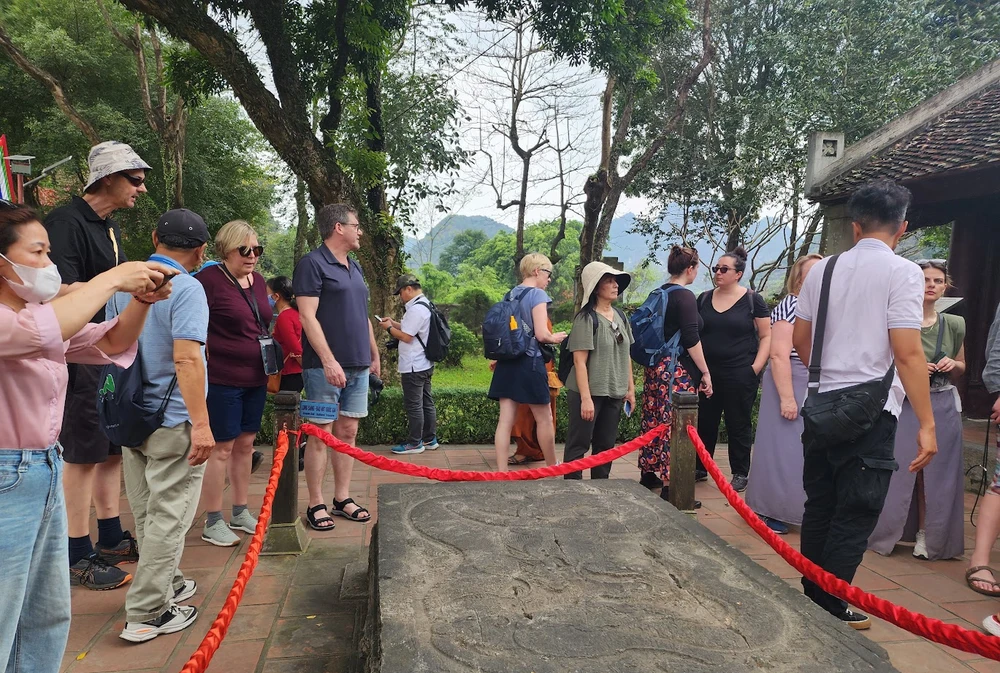
The core of every strategy
Cultural industry with its foundation of creativity, identity and spiritual values is increasingly considered an important lever for the sustainable development of the tourism industry, creating attractive, distinctive and emotional products. However, many localities are facing a "phase difference" between cultural planning and tourism development strategy, causing the potential of the cultural industry to not be fully exploited. Therefore, a long-term vision and a synchronous ecosystem are needed.
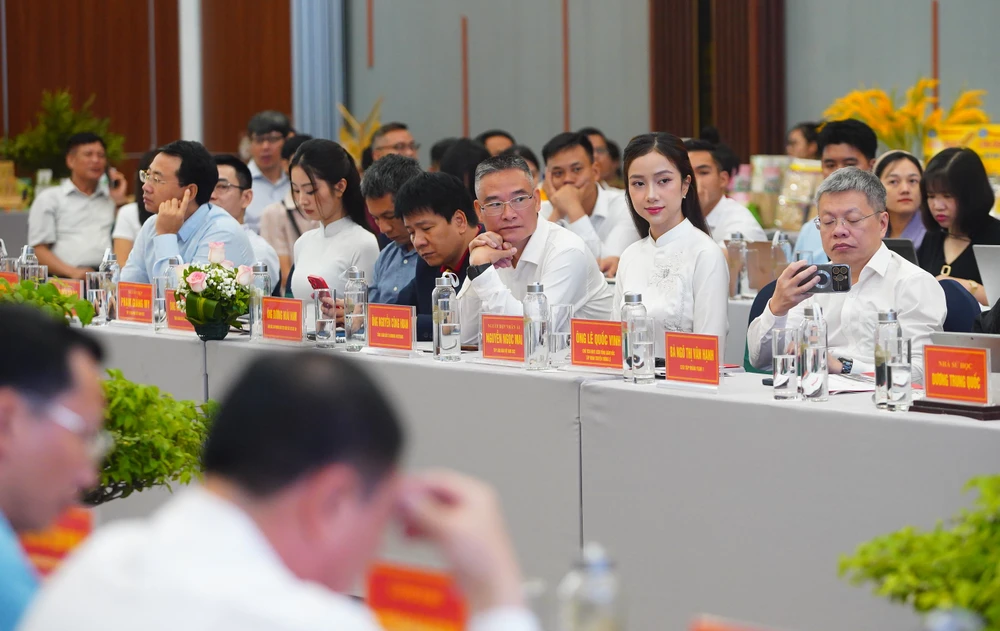
Sharing the same concern, Mr. Jonathan Baker, Chief Representative of UNESCO in Vietnam, shared that the problem many places face is how to make tourism not become an obstacle, but actually a driving force to nurture heritage... According to him, the key here is that the cultural industry is not an auxiliary part but must be the core driving force of sustainable tourism development. However, as experts warn, from awareness to action is still a long way.
Mr. Jonathan Baker proposed specific solutions such as: building a cultural industry map integrating tourist destinations; investing in creative industries capable of creating products of economic value; developing a "heritage incubator" to support local cultural startups; empowering young people through digital storytelling projects, skills training and spreading indigenous culture through technology...
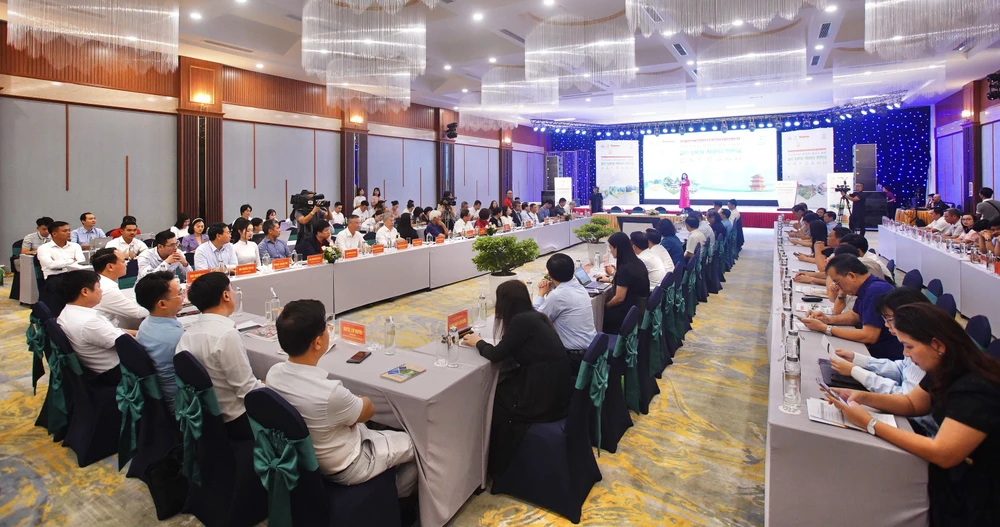
Emphasizing the need to upgrade tourism products based on cultural and heritage values, Deputy Director of the Department of Tourism Ha Van Sieu said that with the tourism trend increasingly focusing on personal experiences, green and sustainable tourism, localities need to flexibly change to grasp the needs of tourists and exploit the maximum potential of destinations. Specifically, it is necessary to review and re-evaluate tourism resources after the merger to develop appropriate planning; have preferential policies to attract investment; develop unique tourism products, especially night products, increase interaction and link with cultural heritage...
Many delegates also said that in the era of creative economy, cultural industry is not just a story of art or conservation. It is a sustainable development strategy, a tool to create identity, enhance competitiveness and bring real value to the community.
Source: https://www.sggp.org.vn/dua-cong-nghiep-van-hoa-thanh-don-bay-du-lich-cat-canh-post794427.html


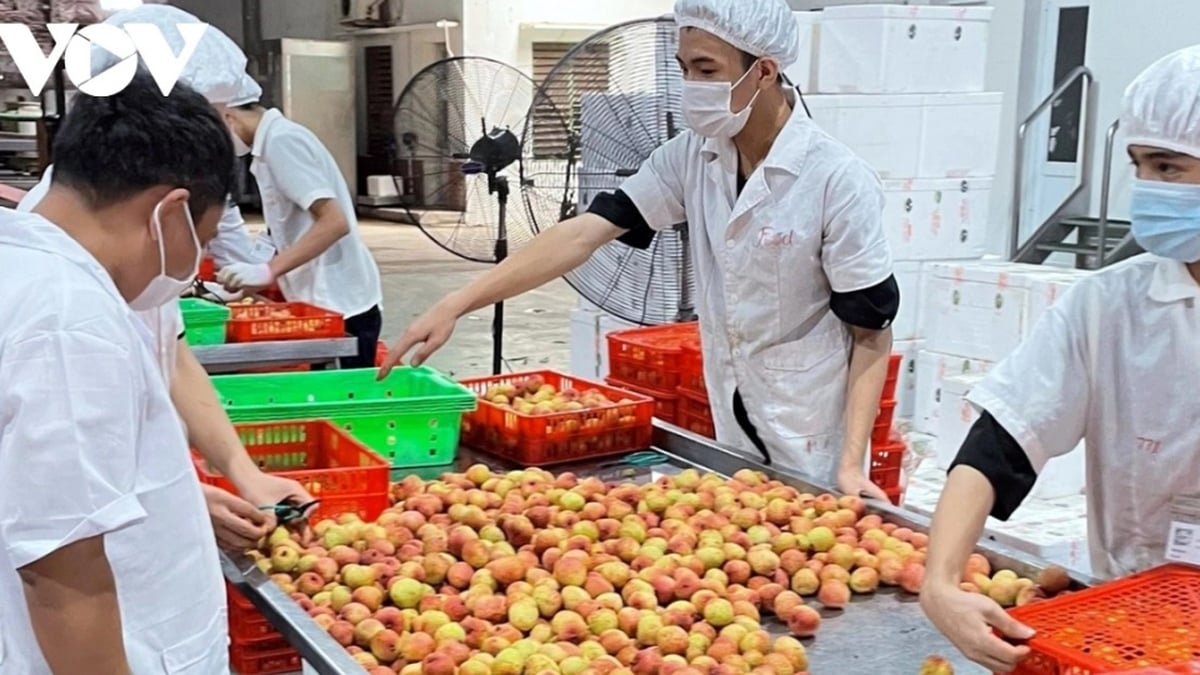


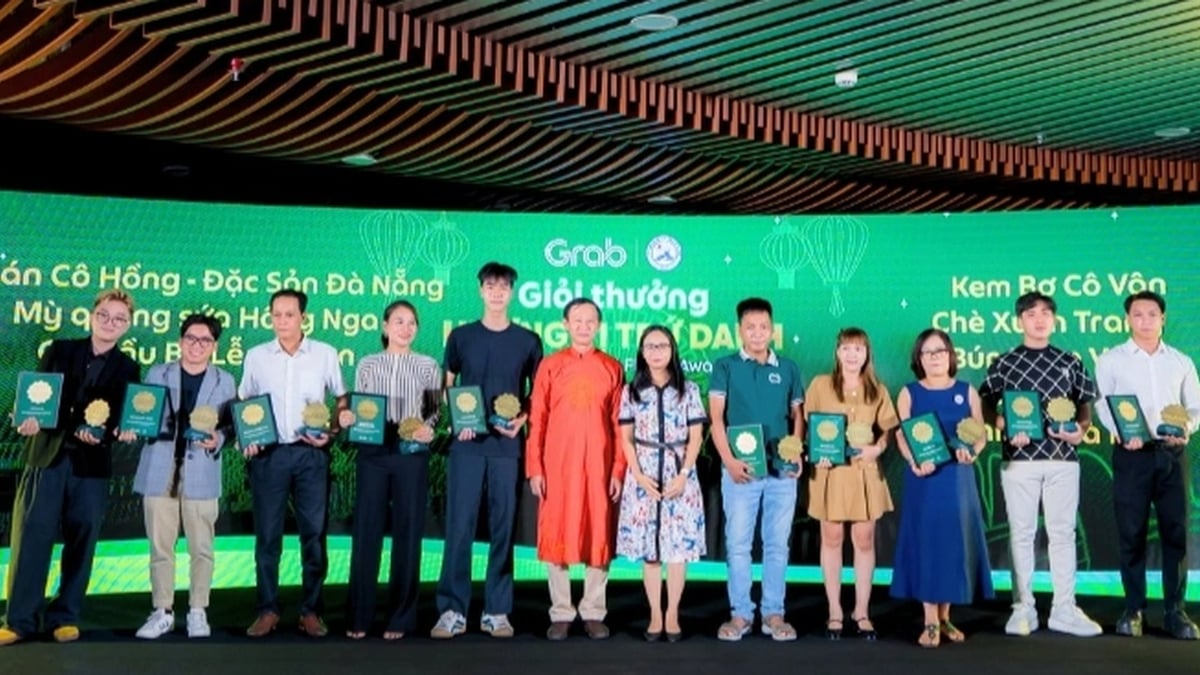


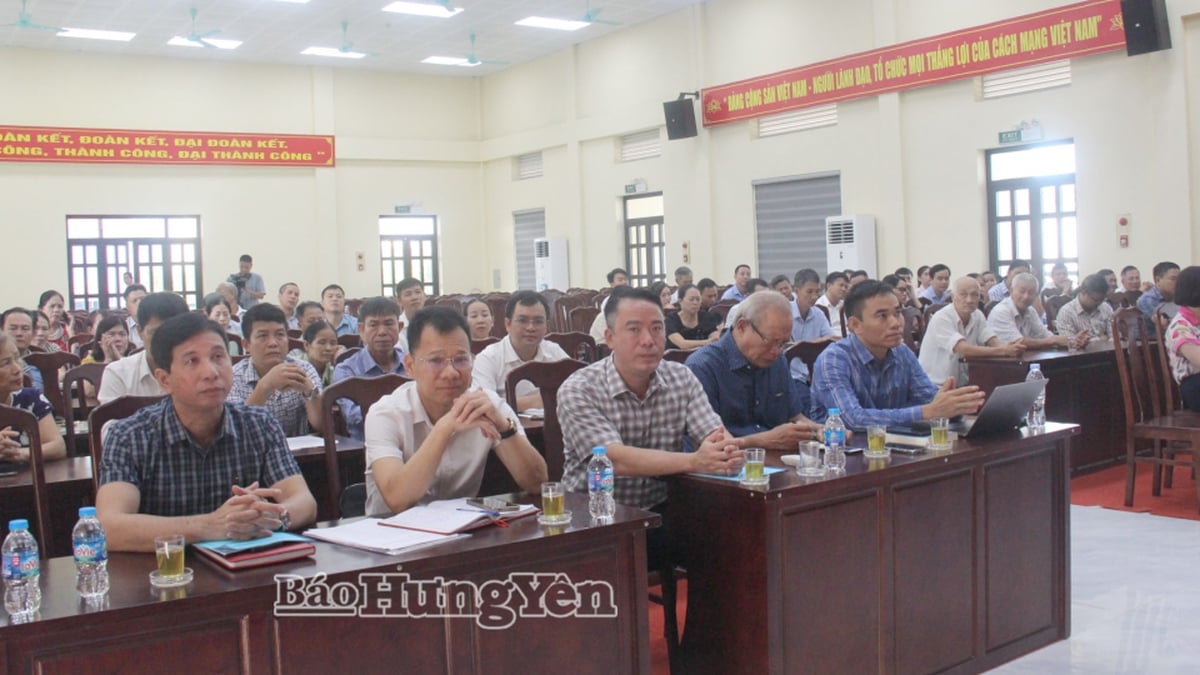
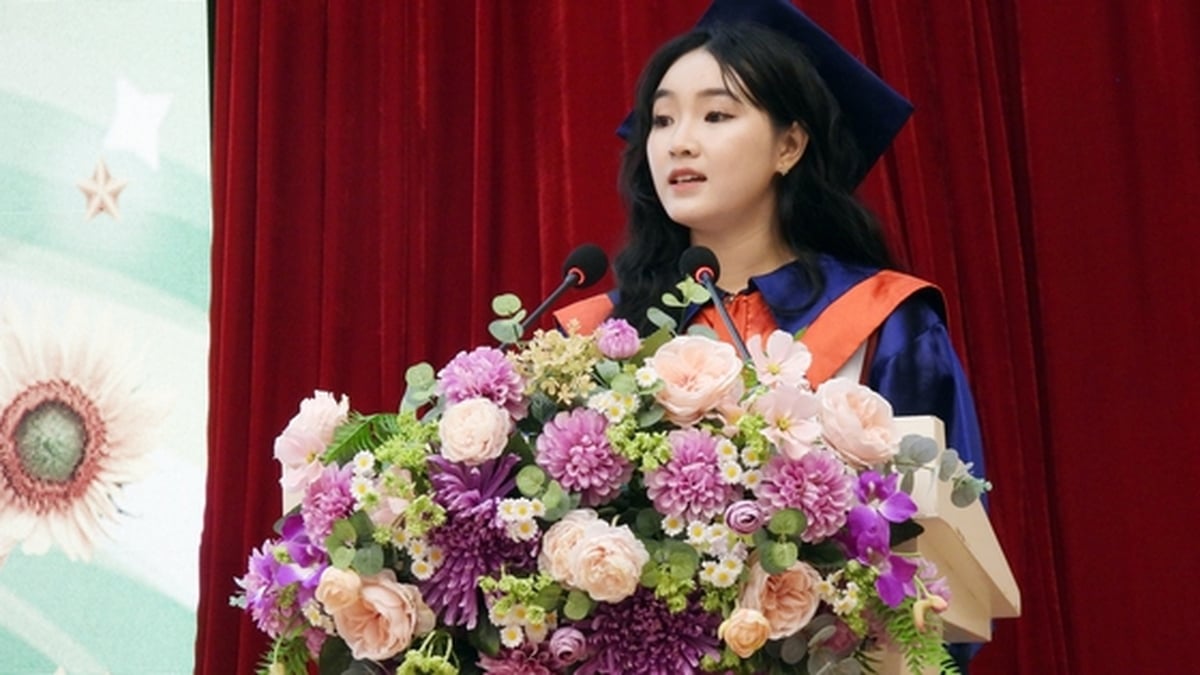
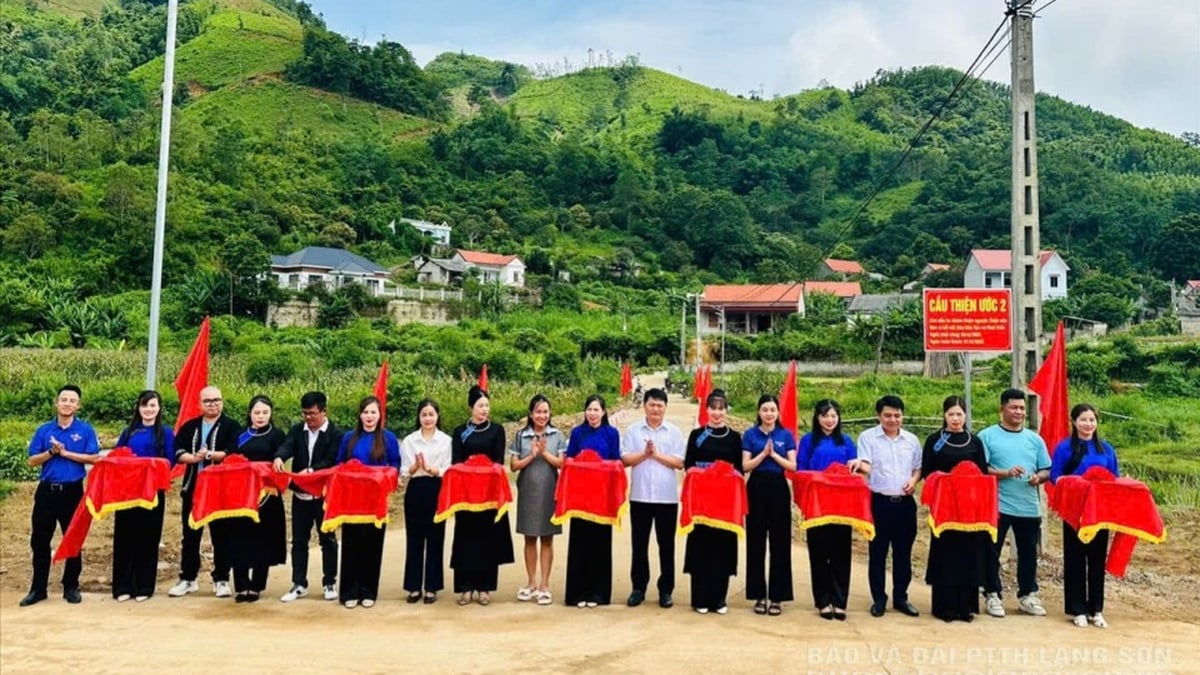






















































































Comment (0)